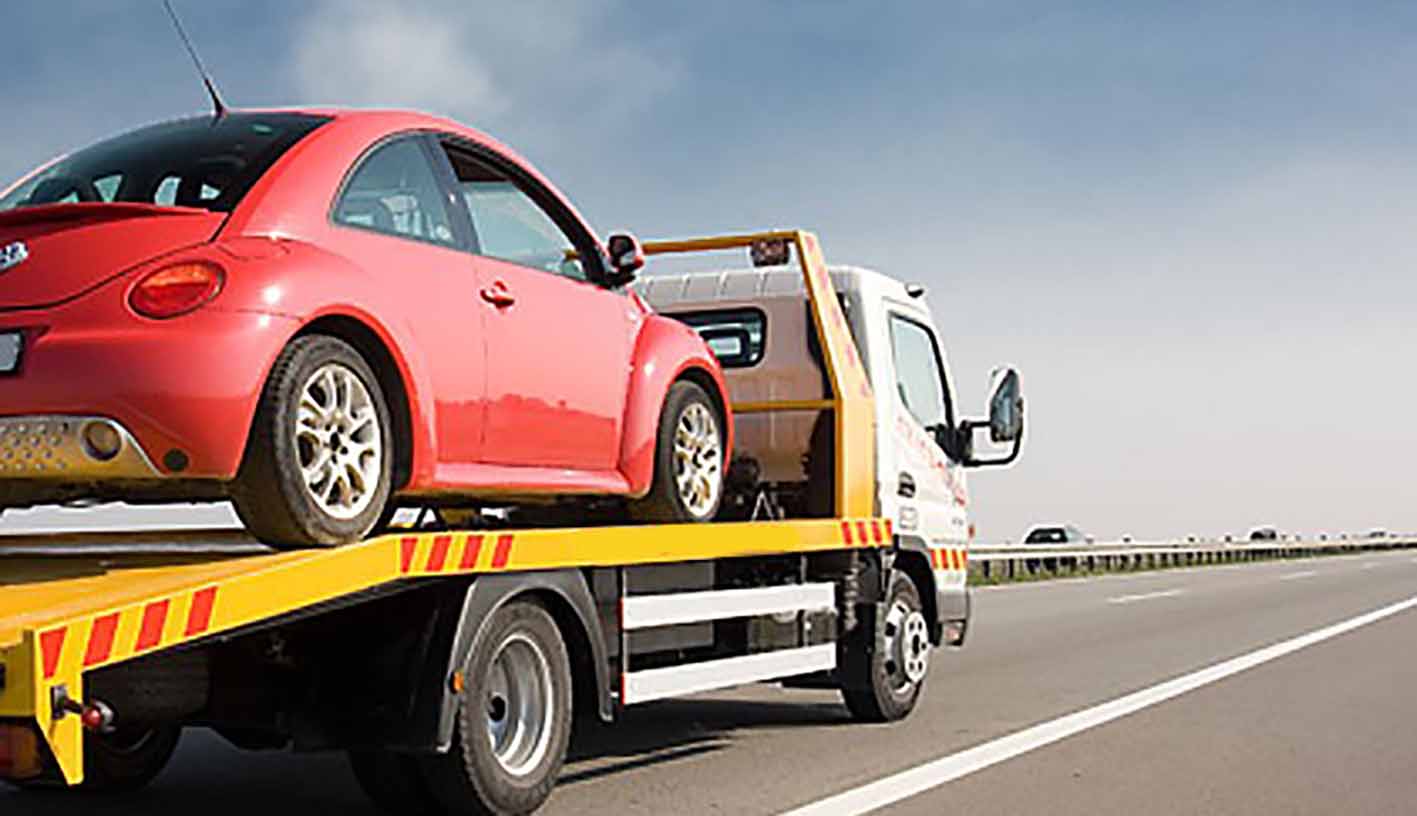A jump-starting is a convenient way to get a car started with a dead battery. However, when not being used appropriately, jumping cables can pose a risk to both vehicles and persons.
We’d usually prefer you contact or leave the jumping initiating to our qualified technicians for your protection and our peace of mind.
Take a glance at our instructions here about how to jump-start a vehicle if you’re doing it yourself. But remember to read the handbook’s guidelines and follow them if they vary from ours.
To kick start an automobile, you’ll really need the following items.

A set of jumper wires that work.
The vehicle only has a turbocharger, which must be parked in a location where jumper cables may easily achieve it.
An automobile with a new battery is yet another option.
Safely use jump leads
Remember that cells create dangerous fumes before jumping start an automobile. This is how to keep yourself safe:
Examine the battery & jumper cables.
Never decide to start a charger that appears to be leaking or appears to be broken.
Damaged jumping leads should not be used.
If the jumping leads get too hot to handle, stop utilizing them.
Ascertain that the surroundings are safe.
Remove anything dangling apparel, such as scarves or ties, prior to starting since it could become stuck in the rotating motor parts.
Allow no pieces of metal to get into contact with the automobile batteries since this could generate a spark or cause the pack to burst. Rings, pendants, wristwatch bands, tools, and equipment, clips, or wayward cables are all examples.
Never smoke over either pack or allow bare flames to get close to it.
Remove the jump lines with caution.
While the auto engines remain running, do not remove any jump leads. The circuitry in the cars could be seriously harmed as a result of this.
How to Get Rid of Jump Leads
The jumping leads are removed in the same order as they were added. If you’re still not sure, follow these steps:
Both automobiles’ engines should be turned off.
Off the grounding point, keep the second jump lead.
Remove the extreme end of a black jumping lead from either the negative (-) connector of the functioning battery.
Remove the red jumping line from the positive (+) connector of the working batteries.
Reduce some other side of the red jumper wire from the flattened battery’s positive (+) connector.

How often can a battery pack be replaced?
Batteries endure between 5 to 7 years in total, but you really should only probably replace one when it shows signs of degeneration.
Get your battery tested which is beyond five years old but you’re having trouble starting the car. It is indeed best to be prepared rather than sorry; it will be even worse if it really is a roadside issue and if you’re currently hungover on a frigid morning.
Whether you have travel insurance with each other, we’ll go out and test your batteries and see if it just needs to be charged or whether it requires replacement. With our information, you can learn something about breakdown coverage.
A tow you can rely on! When you need us, we’re there! for more get to us!


